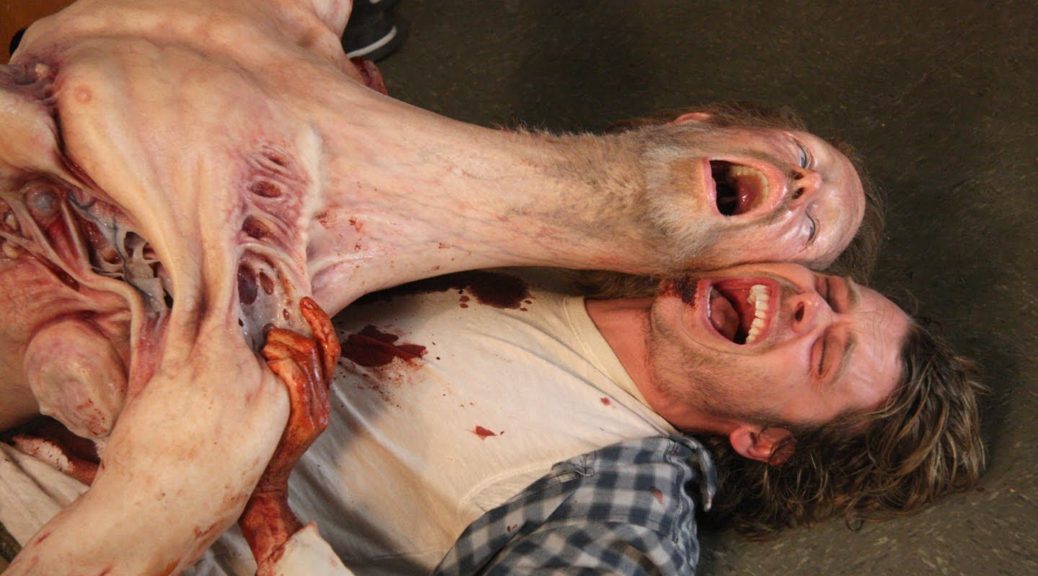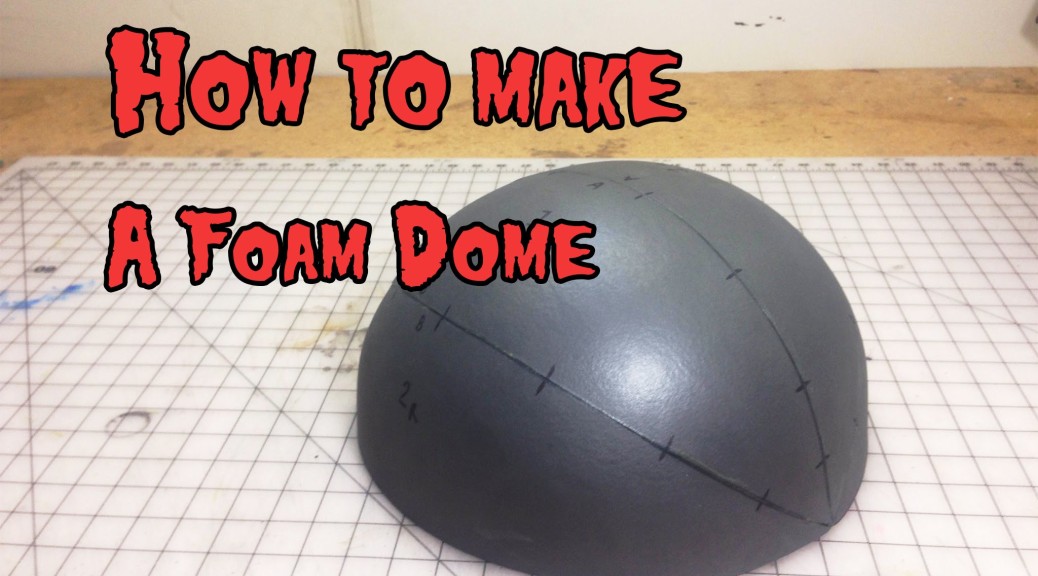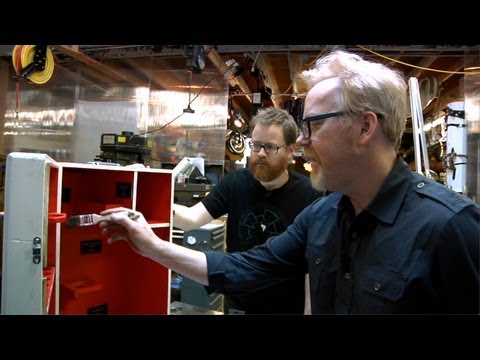‘Marvel’s Agents of S.H.I.E.L.D.’: Props to the Prop Master – Yahoo! TV was invited to a show-and-tell of props from Agents of SHIELD hosted by prop master Scott Bauer. There’s some cool stuff in here if you are familiar with the show. And for the journalists out there: please stop using “Props to the Prop Master” as your title.
Book Review – Make: Props And Costume Armor By Shawn Thorsson – La Bricoleuse has a review of this long-anticipated book by Thorsson. You may have seen his work online, whether it’s the life-size ED-209 from Robocop or his giant Space Marine armor. Now he shares all his techniques in this highly polished book.
Up Your Game with the ‘Make Pretty’ – Christopher Schwartz shares one of his secrets to making good furniture. After the fabrication is complete, but before he begins finishing or painting, he takes a few hours at the top of the day to just go over the whole piece and sand or trim all the minor defects.
The Thing ADI’s Creature Work Behind-The-Scenes – This is an oldie, but a goodie. The 2011Â Thing was originally going to use practical effects rather than digital, and this video shows all the crazy monsters that could have been.
Learn the Double-Stitch Technique to Handsew Leather – Finally, Make Magazine teaches us the best way to sew leather by hand.



